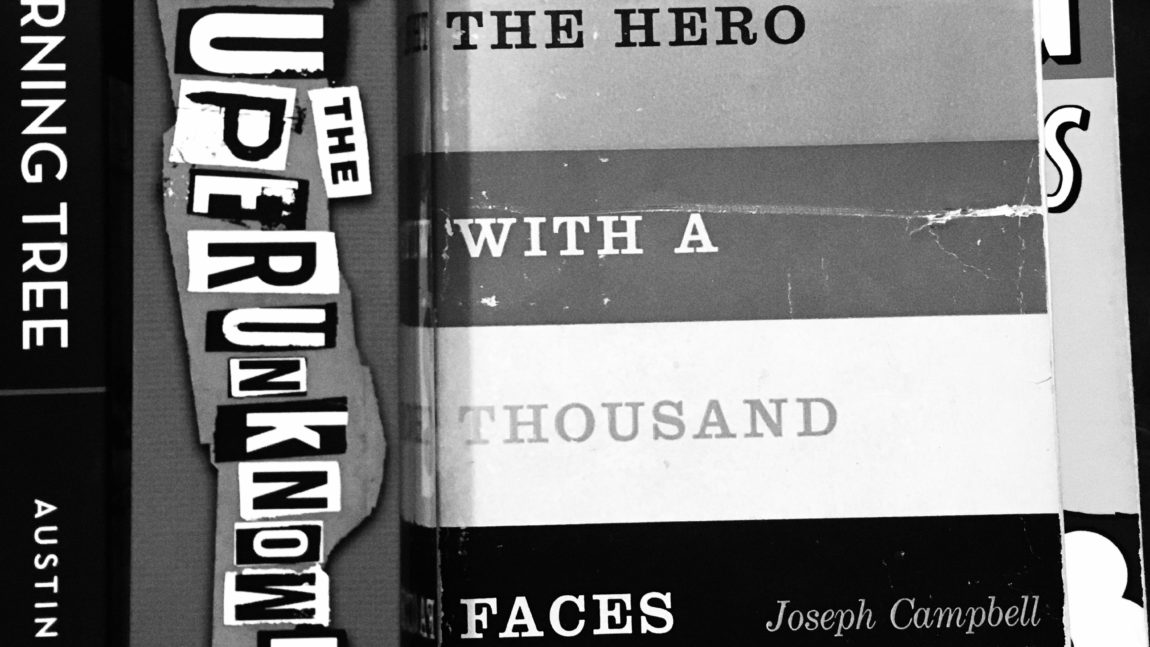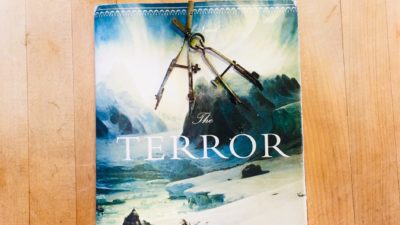Before you start writing your story, you must decide what you’re going write about.
I know … DUH!
This doesn’t necessarily mean deciding whether your story will be about vampires or Navy Seals, science fiction or romance, which, of course, you must also figure out.
Ask yourself these questions:
What is my story about at its core?
What is the essence of my story?
What is my archetype?
Talking about archetypes and story wheels is something of a Pandora’s Box. Do a quick internet search for these subjects and you’ll find plentiful (and free) resources soundly advising you on how to come up with a good story.
And by all means, get a hold of a few story wheels on-line and work them. (I mean it.)
You should also carefully consider what archetype you want to follow. To do this, start by writing down your three most favorite all time stories of all time, whether a book or movie.
My favs include:
1. Star Wars
2. Harry Potter
3. Life and Death (aka Twilight)
Now ask what these stories are about, at the most basic level. There are definitely some stark differences in these tales, and they even have multiple archetypes, but I would argue that at their most basic level, these are all Cinderella stories.
A Cinderella story is essentially about a character who thinks she’s average, feels left out, and yet someone (or something) finds her, and as it turns out, she is the most important, desirable, capable, person ever.
In Cinderella, she thought she was just a poor, unfortunate orphan. Her future was bleak – cleaning the house of a tyrant stepmother forever. A fairy heard her, though, and she’s transformed into the most beautiful girl in the land. The prince sees her, falls in love with her, and rescues her, and marries her. Every girl’s dream.
Think about the favorite stories I’ve mentioned.
In Star Wars, Luke is an orphan (like Cinderella) who thinks he’s a nobody living on a backwater desert planet. An old Jedi (like a wizard or fairy) finds him, Luke is drawn into an exciting rebellion, and leans that he’s got Jedi (magical) skills himself, and later learns that he’s even more special, with super potential to bring back the Jedi. Very Cinderella like.
Harry Potter is an orphan (also like Cinderella) who is living like a slave with his uncle’s family, and he thinks he’s a nobody. After being rediscovered by the wizard world, he learns that he’s a wizard himself, not only that, he’s actually quite famous.
In life and Death, the greatest book ever written (there I said it), Beau is essentially dejected by his mother to live in the middle of nowhere Washington state, where he thinks he’s destined to eke out his high school existence in anonymous oblivion. But wait, an unexpected miracle. The most mysterious and beautiful creature, Edythe Cullen, falls hopelessly in love with him, seemingly with the help of some magic, including the fact that Edythe cannot read Beau’s mind and that Beau is mysteriously way more appetizing to Edythe. And as it turns out, Beau has some very special qualities himself.
One can see how popular the Cinderella story is. Consider another very popular movie franchise – The Matrix. Neo, who’s living an anonymous hacker’s life of drudgery in a dead end job, turns out to be a sought after superman, the “One,” who saves the world.
Now I’m not saying every good story is a Cinderella story. I do think that when you closely analyze your favorite stories, though, you’ll find that the majority of them are founded on well-established archetypes. Disney has made billions of dollars by doing this. After all, Cinderella, the Little Mermaid, Beauty and the Beast, Frozen, and so on are all based on classic tales, some of them from Tales from the Brothers Grimm, which by the way, are so old they are no longer protected by copyright. (Life and Death (Twilight) also has quite a bit in common with the Little Mermaid and Beauty and the Beast.)
My recommendation is that you identify the archetype in your favorite stories and then pattern your new story after that. There’s no reason the next zombie story can’t be based on some type of Cinderella archetype.
When I developed the story of The Superunknowns, I also used the Cinderella story to a degree. Edith and Irene, think that they are orphaned when their father dies in a bus crash. But when UFOs appear from an unusual solar phenomenon, one of the massive objects begins to follow them. The government kidnaps them and the girls slowly realize that they have superpowers, and also that their father isn’t dead after all. They use their powers to escape and try to rescue their father, while dishing out some sweet revenge. And so, like Cinderella, the twin girls in The Superunknowns are empowered by some magical element, learn that they are special after all, not just ordinary orphans. Like Luke Skywalker, they have some scores to settle about their parents; Luke wants to bring his father back from the dark side, and Edith and Irene want to save their papa from dark forces of the dark cyber world that has imprisoned the minds of the world.
After figuring out what your archetype is going to be, and after you’ve worked through a story wheel or two (seriously), then think about what some of your storyline archetypes are going to be. To do this, start by reading The Hero With a Thousand Faces by Joseph Campbell. For each of the archetypes he discusses, think about your favorite stories again and identify the same archetypes.
For example, Campbell observes that in many heroic stories, the hero is a) called to an adventure, b) he refuses the call, c) then he experiences some supernatural aid that helps change his mind, d) he takes a significant first step on the adventure, and e) along the way he finds himself in the belly of the whale that often results in some kind of transformative discovery that may change the direction of the story. (See Chapter 1: Departure in Hero With a Thousand Faces.)
When I wrote The Morning Tree, I intentionally followed these archetypes: a) Ras, a centurion, is called by the disciples to find a gospel that was written by Jesus himself; b) Ras refuses because the thinks they’re crazy, he has other things to do, and he’s allergic to sunlight, which would make searching for a scroll in the desert difficult; c) an angel of light appears to Ras and he changes his mind; d) Ras sets out on the journey after a significant meeting with Herod Antipas; and e) he eventually winds up under arrest and thrown into underground jail under the Temple in Jerusalem (the belly of the whale) where he learns that Judas is still alive and the course of his quest changes.
Consider Star Wars: a) Obi Wan Kenobi tells Luke to follow him, find the princess and deliver the Death Star plans, b) Luke initially refuses; c) Luke is aided by the Force; d) he joins up with Han Solo and they blast their way out of the desert planet; e) and along the way he finds himself trapped in a trash compactor of the Death Star (the belly of the whale), after rescuing the princess, and from there, there team of friends are the ones who drive the story through the completion of Return of the Jedi. The fact that Star Wars follows these and other archetypes of Hero With a Thousand Faces is no accident. George Lukas was also a big fan of Campbell.
In sum, take some time to carefully identify your archetype. So many very very successful book and movie series have done this and continue to do so. Archetypes are a proven way to strongly connect with desires and fears of the masses, and if employed properly, can go a long way to writing, producing and marketing a successful novel.
Good luck!
Austin
Copyright (c) 2016 Austin Reams, all rights reserved.




Add Comment